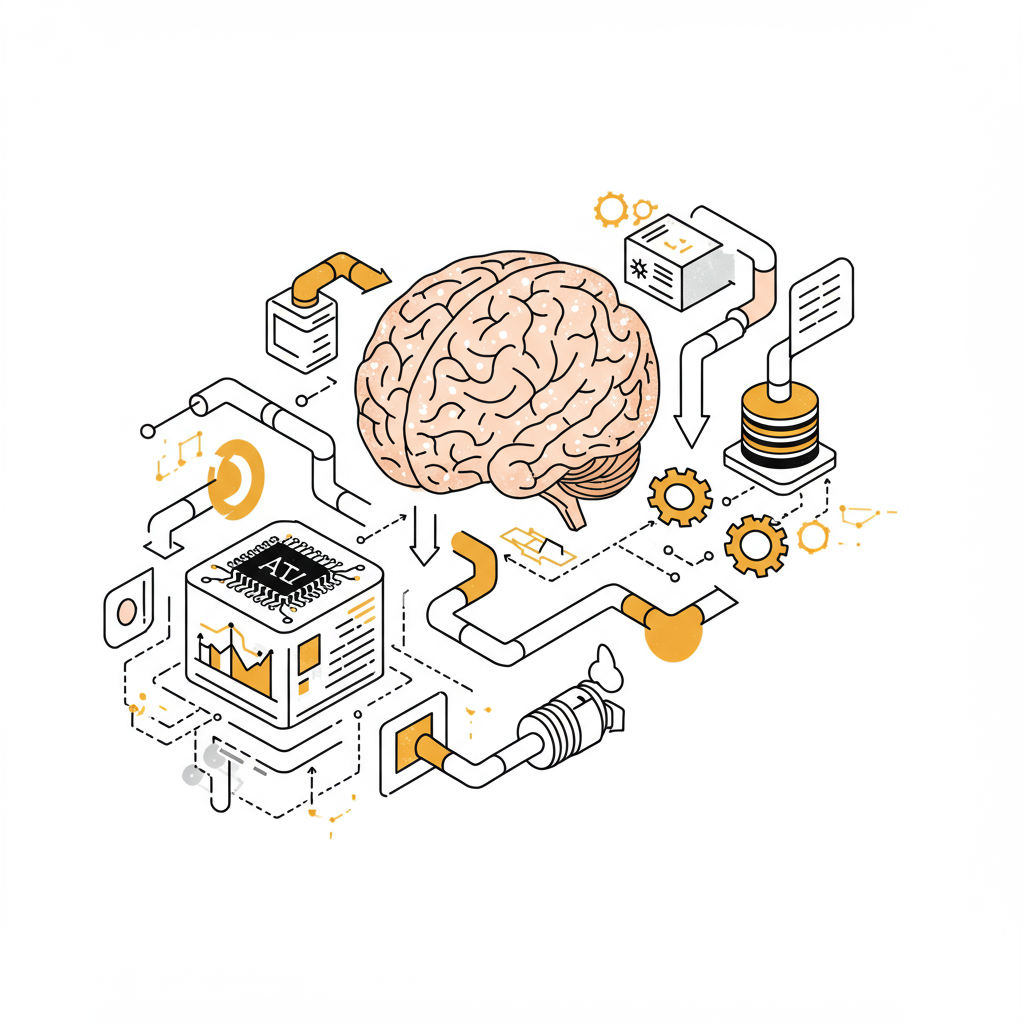AI Integration in Existing Systems: A Practical Guide
Master how to integrate AI into your current systems through expert AI consulting, tailored system integration, and strategic implementation approaches.

A major challenge in the AI landscape is not starting from scratch, but achieving AI integration with existing systems. An established business may find it more challenging to adopt AI as quickly as a new entrant, as it must manage numerous factors, including safeguarding legacy data and upskilling employees, while also maintaining business growth.
However, with the rapid development of technology, businesses must adapt. To make the transition smooth and effective, understanding how this integration works is essential. With the help of an AI strategy consultant, you can build your own AI integration strategy by following the steps below.
AI Integration Strategies for Businesses
AI implementation strategies should be robust and tailored to your business’s unique needs. Here’s how to begin:
Step 1: Identify the problem you want to solve
Rather than adopting AI for its own sake, identify clear pain points, like:
- Personalizing customer experiences
- Streamlining supply chains
- Strengthening cybersecurity
- Improving forecasting
- Automating repetitive tasks
Clear goals help define data needs, select AI tools, and measure return on investment.
Step 2: Create an AI integration roadmap
Build a roadmap outlining goals, technologies, data sources, timelines, and change management. Assign an AI lead or committee to oversee the process.
Step 3: Ensure internal data quality
Consolidate and clean internal data. Create centralized data lakes, apply consistent formatting, and set up governance protocols for access and security.
Step 3.5: Use external data carefully
If internal data is insufficient, consider using third-party sources, ensuring you have the necessary legal usage rights and compatibility with your internal systems.
Step 4: Choose the right data infrastructure
Support AI system integration with scalable infrastructure such as:
- Data lakes (for raw data)
- Data warehouses (for structured analysis)
- Data marts (for team-specific insights)
- Hybrid cloud environments
Evaluate based on cost, control, speed, and scalability.
Step 5: Train your employees
AI adoption in business requires people to adapt. Train teams to interpret AI insights, shift to strategic tasks, and collaborate with AI strategists.
Step 6: Ensure legal and ethical compliance
Use explainable AI, audit for bias, and enforce strong data governance. Ethical AI implementation builds trust and long-term value.
Step 7: Choose the right AI models
Select models that fit your strategy - ML, NLP, computer vision, or multimodal systems. Define success metrics and consider advanced approaches like Mixture of Experts (MoE).
Step 8: Begin integration
Start with pilot projects. Monitor usage, accuracy, and feedback. Gradual integration ensures reliability and helps maintain customer trust.
Roadblocks to Watch For
AI is powerful but complex. Concerns include ethical risks, high implementation costs, and customer retention during transformation. Partnering with AI consulting services helps mitigate these challenges.
In a Nutshell
AI integration is the next step forward for businesses. Understanding your goals and following suitable AI implementation strategies will ensure success. Learn more about integrating AI in business from industry-based strategic reports. With the right support, AI in enterprise systems can unlock new levels of efficiency and innovation.



